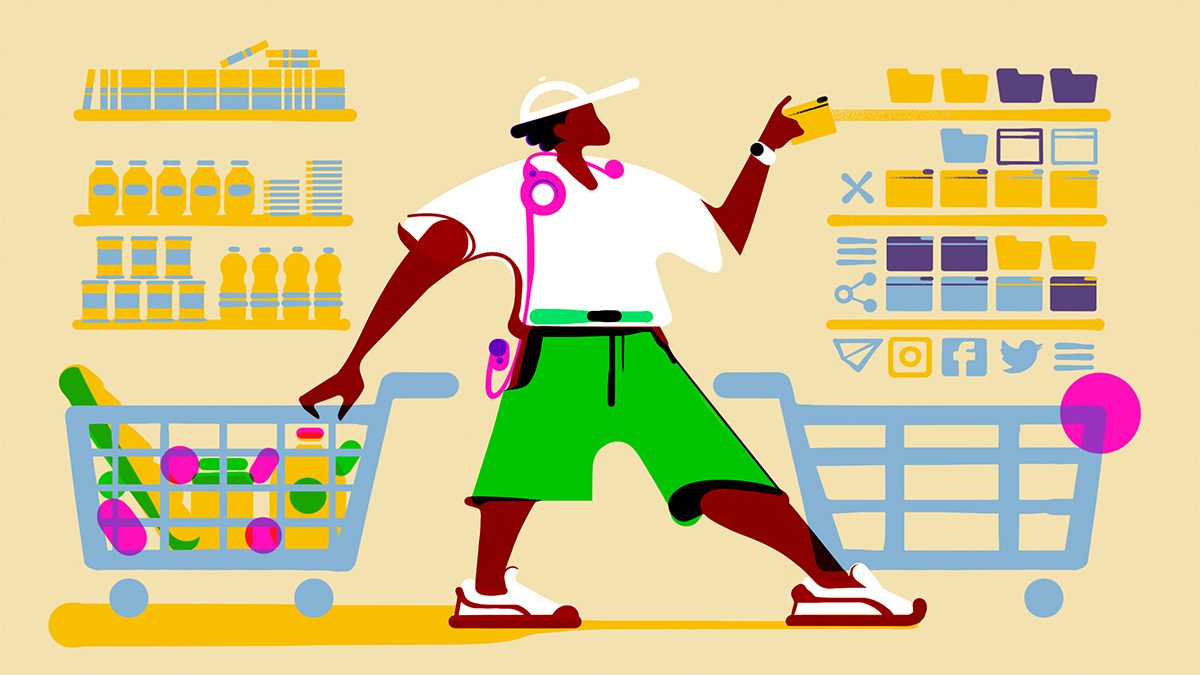Growing a Business
Let the Urgency of Your Customers’ Needs Guide Your Sales Strategy

Growing a Business
2023’s Festive Formula: Small Business Success in the Extended Holiday Season
Navigate the unique landscape of the 2023 holiday shopping season with our expert guide. Discover how small businesses can capitalize on extended consumer spending, leveraging the latest trends in personalization, online marketing, and fast fulfillment. From creating an enchanting in-store experience to mastering the digital realm, learn how to harness consumer behavior shifts for a prosperous holiday period. Get ready to transform challenges into opportunities and make this festive season your most successful yet!
Growing a Business
Unlock the Power of Email: 2023’s Ultimate Guide to Personalized Marketing Mastery
AI
Revolutionizing Marketing: The Power of AI in the Digital Age
-

 News4 days ago
News4 days agoRyan Quante, Founder of Care Income Advisors, Interviewed on the Influential Entrepreneurs Podcast Discussing Dementia Care
-

 News6 days ago
News6 days agoSensationally Wired Launches the NeuroSoothed Sleep Method Course, Offering Transformative Techniques for Improved Sleep
-

 News3 days ago
News3 days agoBob Chitrathorn Renews Membership with the Financial Services Institute
-

 News4 days ago
News4 days agoJohn Martin with Compass Wealth Strategies Interviewed on the Influential Entrepreneurs Podcast Discussing Using Life Insurance for Retirement
-

 News3 days ago
News3 days agoLanded For Success Showcases Inspiring Stories By Dr. Tom Chesser Achieving #1 International Bestseller Status In Canada, United States, Mexico, Europe & Asia
-

 News4 days ago
News4 days agoDOSS Celebrates Significant Milestone: First DOSS Home Center Franchise Opens in Flower Mound, Texas
-

 News4 days ago
News4 days agoDr. Annette Greenwood Empowers Women Over 50 to Triumph Over Adversity and Rediscover Life’s Magic







